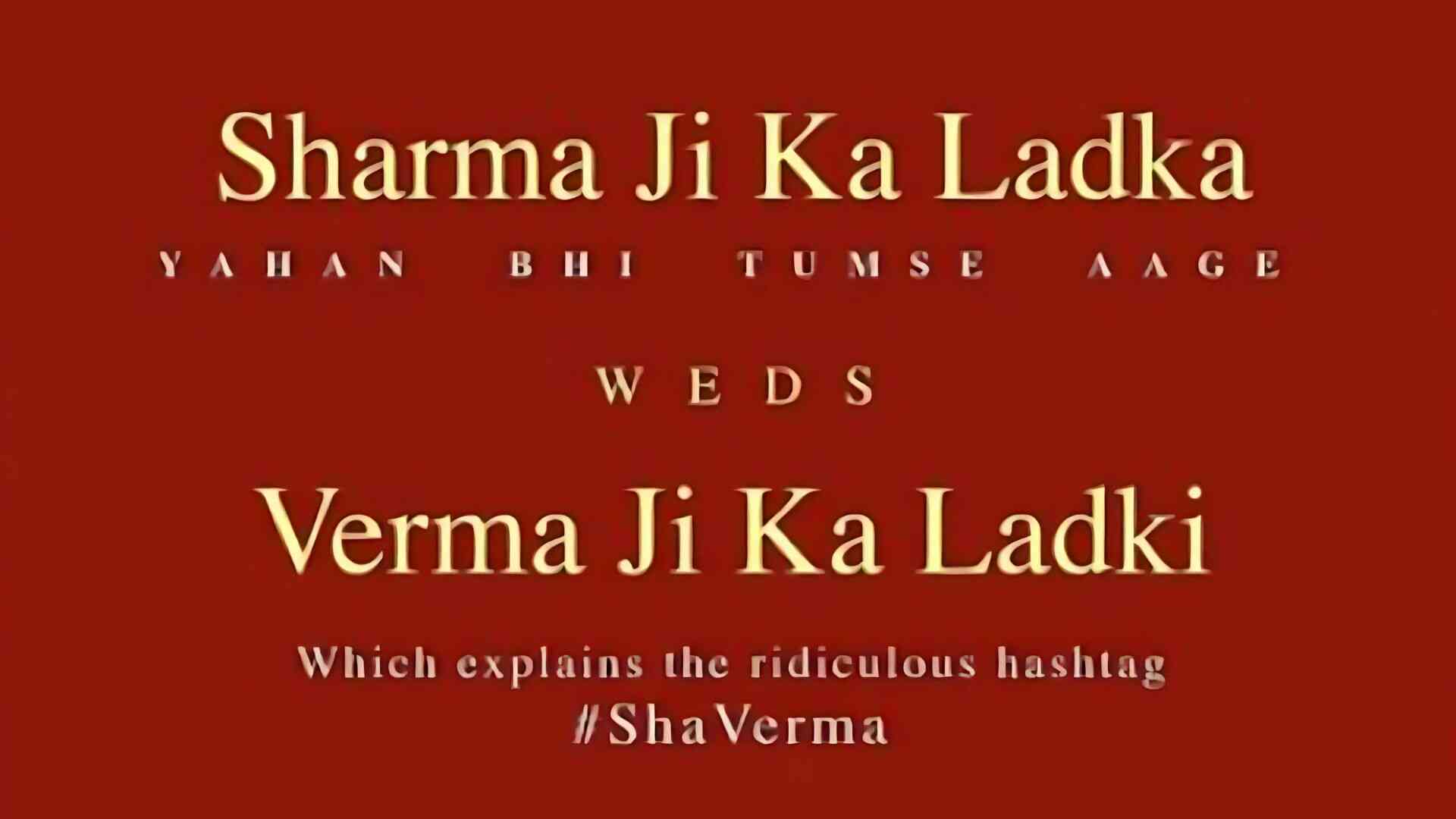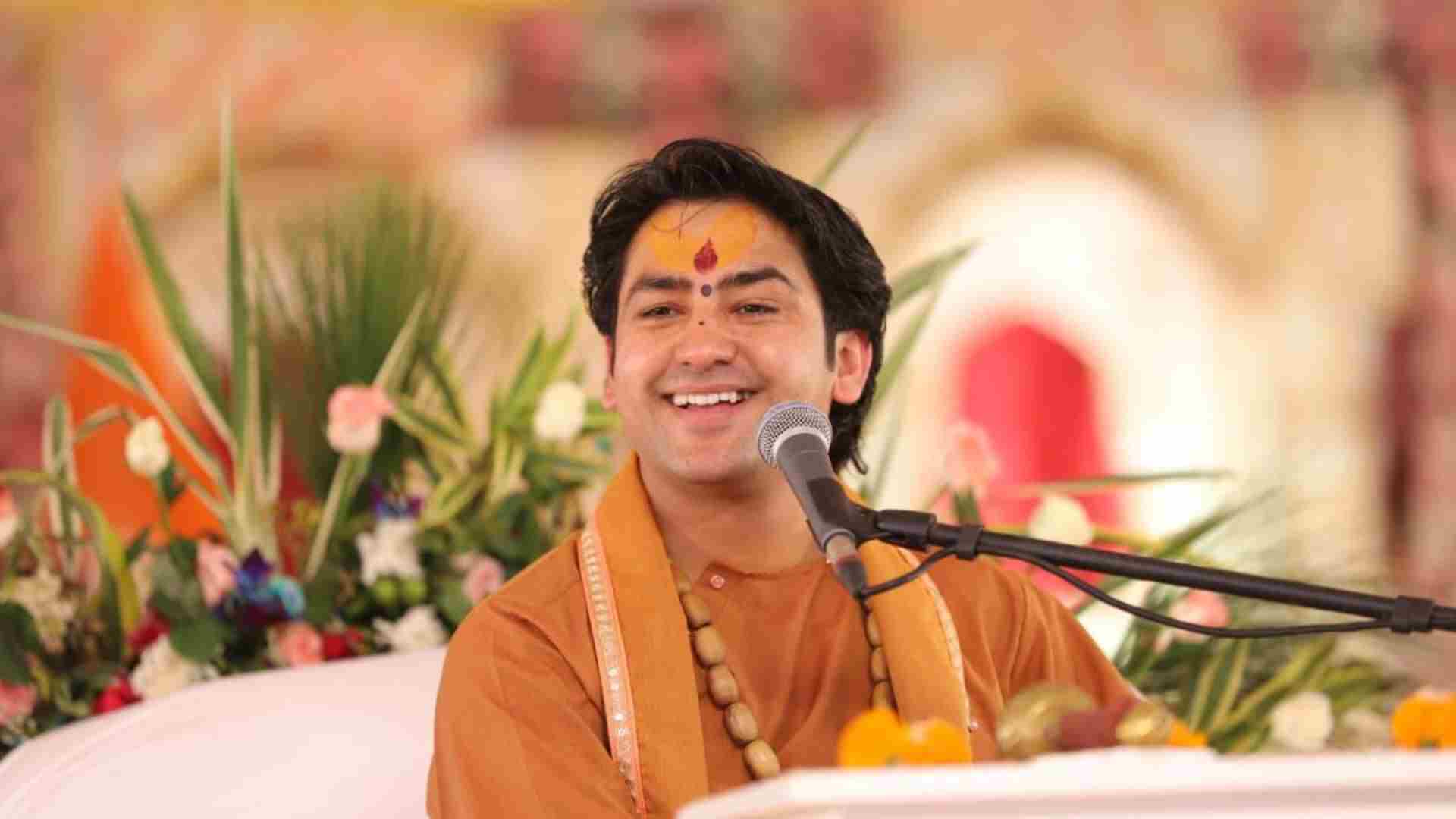
The Art of Wordplay
We all love to play with words creatively, and some of the most popular word games are puns, anagrams, and homophones. The art of wordplay is often practiced as “punning .”Puns are humorous plays on words: different senses or meanings of a word are exploited for humorous effect. The term ‘pun’ comes from the Latin word “pungent,” which means ‘to prick’. An anagram is a type of word puzzle that consists of rearranging all or some letters from one phrase to make another phrase, using all consonants or vowels as needed. The word ‘anagram’ derives from the Greek word “anagram,” which means ‘disguised letter .’A homophone is a word that sounds the same as another word but has a different meaning.
Exploring the World of Puns
Puns are double entendres; they humorously exploit two meanings of the same word. These words may be spelled the same (homographs) or pronounced the same (homophones). Puns may also be “backward anagrams,” in which a word is rearranged and disguised as a different word. For example, “lumber” is rearranged to become “rumble .”In this case, “rumble” is a backronym of the word “lumber.”
Such a ‘backronym’ is a pun because it differs from its source. Puns are often found in the form of wordplay in various media, including literature and art, as well as in conversation and online. The term “punny” is occasionally used to describe amusing things due to their (simulated) similarity to members of the human anatomy or for similar reasons. Puns are also sometimes used to create a humorous effect in advertising. Punning relies on multiple meanings of words and exploits those multiple meanings for an intended humorous effect.
1. Alliteration in poetry and literature
alliteration is a repetition of the same letter at the beginning of successive rhyming words. The word “Aladdin” is an alliterative name, as it consists of the first letters of its two most frequent meanings: It can mean ‘light’ or ‘calm,’ which are related to each other through a series of sound resemblances. These rhyming words can be used for humor in both written genres, such as poetry and prose.
2. Puns in literature
The name “Hamlet” consists of the first letters of the words “Ham,” a type of meat from a specific animal, and the Danish word for ‘homicide .’Therefore, it is a play on words. The novel “War and Peace” has numerous alliterative names, such as Dolokhov, Tchitzka, and Petya Rostov. The novel is also an alliterative title: “War and Peace .”It is interesting whether alliteration was important to these authors while writing their novels. We must determine how much consideration they gave to humor in their works. However, they were aware of the existence of puns in their works. Humor is often an important feature in their works.
3. Puns in artwork
Puns are also found in art, such as “The Last Supper” by Leonardo da Vinci and “My Last Duchess” by Robert Browning. The painting of the Last Supper is one of the most famous paintings in the world, and it contains names that are puns: Judas itself means ‘Jew’; Taddeus means ‘gift’ etc. The Last Supper painting by Leonardo da Vinci is mainly famous because of its humorous features. It contains alliterative names, such as ‘Simoni’ (meaning ‘I am Simon’) and other puns based on ‘Jesus .'”My Last Duchess” by Robert Browning is a poem about a man who wants to marry a woman, but she dies accidentally. The poem contains homophones, such as the word “jewel,” used in two different meanings: once as an adjective, meaning ‘precious,’ and again as a verb, meaning ‘hurt .’The word “jewel” has two different pronunciations (just like the word “Aladdin,” which means both ‘light’ and ‘calm’).
4. Puns in popular culture
Puns, such as TV series and films, are also present in popular culture. For example, the television series “Allo Allo” uses puns that are not immediately apparent to viewers. The main character, René Artois, is a French nickname for ‘Henry,’ meaning ‘John’ in English.
Exploring the World of Anagrams
An anagram is a type of word puzzle consisting of rearranging all or some letters from one word to make another, using all consonants or vowels as needed. The term ‘anagram’ derives from the Greek word “anagram,” which means ‘disguised letter.’
1. Anagrams in literature
Anagrams are found not only in word puzzles but also in various literary works. The most well-known example is Lewis Caroll’s novels “Alice in Wonderland” and “Through the Looking Glass,” which consist of anagrams and palindromes. The main character ‘Alice’ is a common anagram for “a little girl .”A palindrome consists of the text (the letters) written in reverse order. It sounds strange, and its meaning can be understood once you read it backward. Nevertheless, palindromes have a certain poetic value, as they are sometimes used in poems and sayings where the sound of words is an important feature.
2. Anagrams in cinematography
Another famous example of anagrams is the movie “Casablanca” by Michael Curtiz. In the movie, the letters in the name of the main character ‘Rick Blaine’ are rearranged to form the name ‘René .’It is a subtle but effective example of an anagram.
3. Anagrams in games
Anagrams can also be found in games, including word games and crosswords. For example, the word “bouillie” (meaning ‘boiled’) consists of the first letters of French words: ‘boil’ and ‘loin,’ while “bouillon” is composed of the same letters in reverse order.
“Homophones,” which sound the same yet have different meanings, are often found in television and film. Sometimes they create comic situations. The film “I Love You To Death” is an example of homophones. In this movie, one character is named ‘Lara .’Conventional pronunciations of this word sound very similar. They can be heard in the movie’s soundtrack several times. The film’s title can correlate with ‘I love you to death’ and ‘I love you to death.’
1. Homophones in literature
Homophones are also found in various works of literature. For example, the words ‘to’ and ‘too,’ meaning both ‘to’ and ‘also,’ can create a humorous effect. The words “there,” “their,” and “they’re” can also be confused in this way.
An interesting case is the novel “Gulliver’s Travels .”The main character, Lemuel Gulliver, is called ‘Gulliver .’The word “gull” means both ‘gull’ and ‘swallow,’ so it can be considered an anagram of the novel’s title. Therefore, the novel might be an anagram for “I am a small man.”
2. Homophones in cinematography
Homophones are also used in filmmaking. In television, the word “bear” is often used to show the sexual attraction between characters. For example, in “The Simpsons,” Homer shows his attraction to his mother-in-law by saying: “Oh my God, she’s hot!” In this situation, ‘hot’ means ‘attractive’ and ‘having a high temperature.’
3. Homophones in games
In other cases, homophones are used to help find solutions or to set traps in puzzle games. For example, in computer games, a player has to type keywords that sound alike, such as “carrots” and “carrots .”It is a very simple but effective method of misleading players.
The world of puns, anagrams, and homophones is very extensive. It is only the tip of the iceberg; describing all the forms and types of humor would be difficult. Nevertheless, a greater variety of examples of humor can be found in this world.














